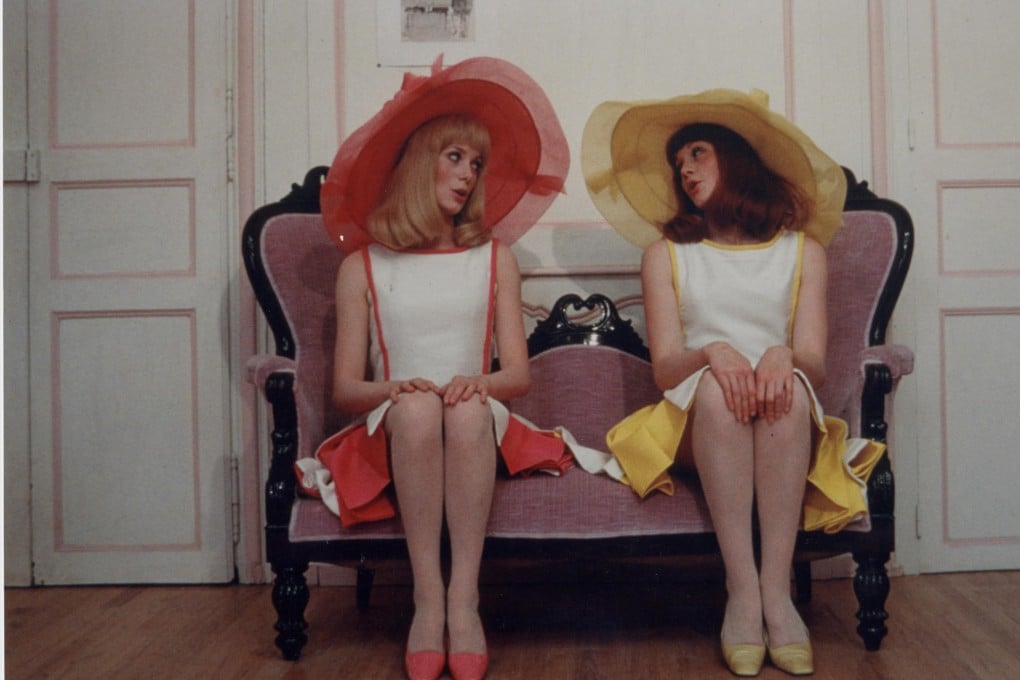Art house: The Young Girls of Rochefort is a real song and dance
Paul Fonoroff

From the vantage point of nearly half a century, director and writer Jacques Demy's homage to Hollywood musicals today comes across as a time capsule of swinging '60s European pop culture.
Ultra mod and très français, The Young Girls of Rochefort (1967) uniquely combined New Wave aesthetics with a veneration for an earlier generation of American song-and-dance confections. In the process, Demy reinvented the genre on French soil or, more precisely, on the paving stones of the picturesque locale.
The follow-up to Demy's The Umbrellas of Cherbourg (1964) again cast Catherine Deneuve in the lead. This time, the director went one better in finding Deneuve a perfect screen partner in her sister Françoise Dorléac. The latter's death before the movie's release - she died in a traffic accident at 25 - imbues her portrayal with an inadvertent layer of poignancy.
The siblings, who in real life were born 19 months apart, play non-identical twins Delphine and Solange Garnier. Delphine (Deneuve) is a dancer, Solange (Dorléac) a composer, and both dream of success in life and love.
Both, incidentally, are beautiful - and so full of joie de vivre that they almost make the viewer forget the plot's inanities.
Demy's script is a distillation of the typical "boy meets girl, boy loses girl, boy gets girl" cliché, which he expands threefold and fills with the kinds of characters and coincidences that could only happen in a movie.
There's sailor-artist Maxence (Jacques Perrin) whose ideal woman is Delphine, someone he's seen only in his imagination; American composer Andy Miller (Gene Kelly), who experiences an epiphany when meeting Solange; and a forlorn gallery proprietor (Michel Piccoli) who moons for lost love Yvonne (the delightful Danielle Darrieux), unaware that her brood of three includes the twins and his own son - the product of a dalliance a decade earlier.